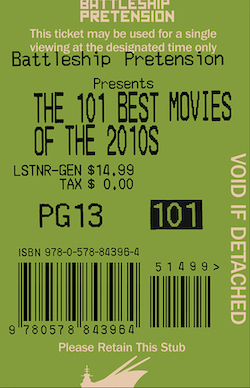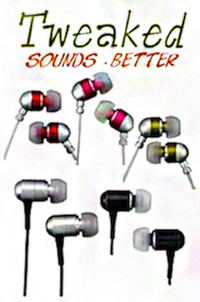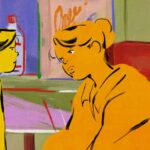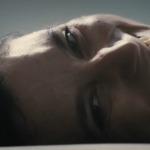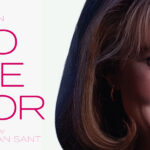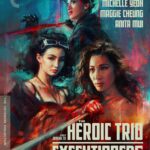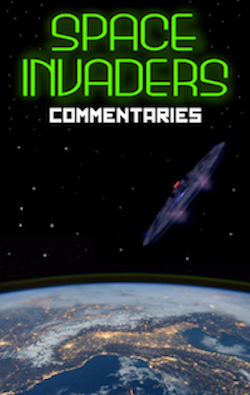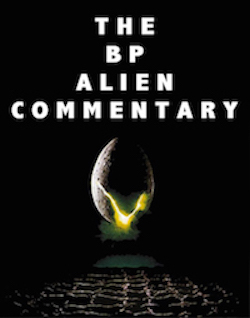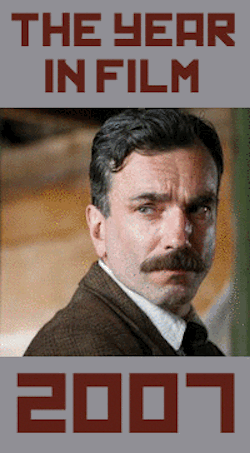Criterion Prediction #244: Legend of a Duel to the Death, by Alexander Miller

Title: Legend of a Duel to the Death
Year: 1963
Director: Keisuke Kinoshita
Cast: Shima Iwashita, Mariko Kaga, Bunta Sugawara, Kinuyo Tanaka
Synopsis: Toward the end of WWII, the Sonobe family is relocated from Tokyo to a farming village on the outskirts of Hokkaido. However, their lives are turned upside down when Keiko (Iwashita) rebuffs an engagement proposal from the mayor’s son Goichi (Sugawara) once a fellow villager reveals that Goichi participated in some atrocities during the war. Exploiting his privilege and social status, the Goichi begins harassing the family in a way that drags the community to near ruin.
Critique: The prolific Kinoshita commits to a massive tonal departure from the delicate warmth that typified his earlier work, such as Port of Flowers or The Living Magoroku, assembling a rather lean and sometimes mean thriller. While his wartime era felt closer to the sensibilities of Frank Capra, Legend of a Duel to the Death feels more akin to the work of Jules Dassin or a revisionist western a la Bad Day at Black Rock. While the film is shot mostly in black and white, it opens with some deliberately splendid shots of a happy community of people working together with an ominous voice-over layering on the grim forecast of what’s to come. This hokey trick seems like the kind of contrivance we’d expect in a cautionary exploitation film or even an introduction to a Twilight Zone episode. It undermines and dislocates our sense of general security and rightfully so, as Kinoshita effectively denies any feeling of safety in this movie. The stark black and white cinematography perfectly suits the material, and naturalistic framing devices and staging gives the dramatic punch enough room to properly land. Legend of a Duel to the Death is spirited in its taut aesthetic and Kinoshita doesn’t commit to a standard three-act structure. There’s a fast-and-loose quality that keeps the energy high and suspense palatable that feels akin to the work or Jeff Nichols or Jeremy Saulnier. Emotional and physical violence are at the forefront of the film’s themes, and there’s a rich tapestry of political content to pick through. Keiko’s wannabe suitor Goichi is recognized as a participant in (what looks like) a gang rape while serving in the military and operates with impunity in the village when he’s vandalizing people’s crops. Cultural hierarchies, wartime atrocities (both home and abroad), sexual abuse, classism, mass displacement, and provincial mob mentalities are the meaty frontline themes.
Still, the film also conjures up various parallels to the postwar climate. Kinoshita’s bold and deftly executed plethora of substantial insight arrives in a tightly assembled package evoking a revisionist western, but this is distinctly Japanese, not owing to any other genre. Iwashita is brilliant as the leading Keiko, and alongside in the adversarial role of Goichi is the incomparable Sugawara, likely best known for his work with Fukaksaku; this early turn is evident that his talent was inborn.
Why It Belongs in the Collection: Criterion has been sitting on a veritable goldmine of Kinoshita’s work, which is no surprise given his prolific career. It’s not so much a “will they” but more of a “how they” question? With so many movies, are we looking at a career-spanning box set? Or will there be another Eclipse set as a companion to the fantastic Kinoshita and World War II release? Regardless, let’s hope Legend of a Duel to the Death gets a physical release. But the Criterion Channel is a goldmine for the director’s many works until then.












